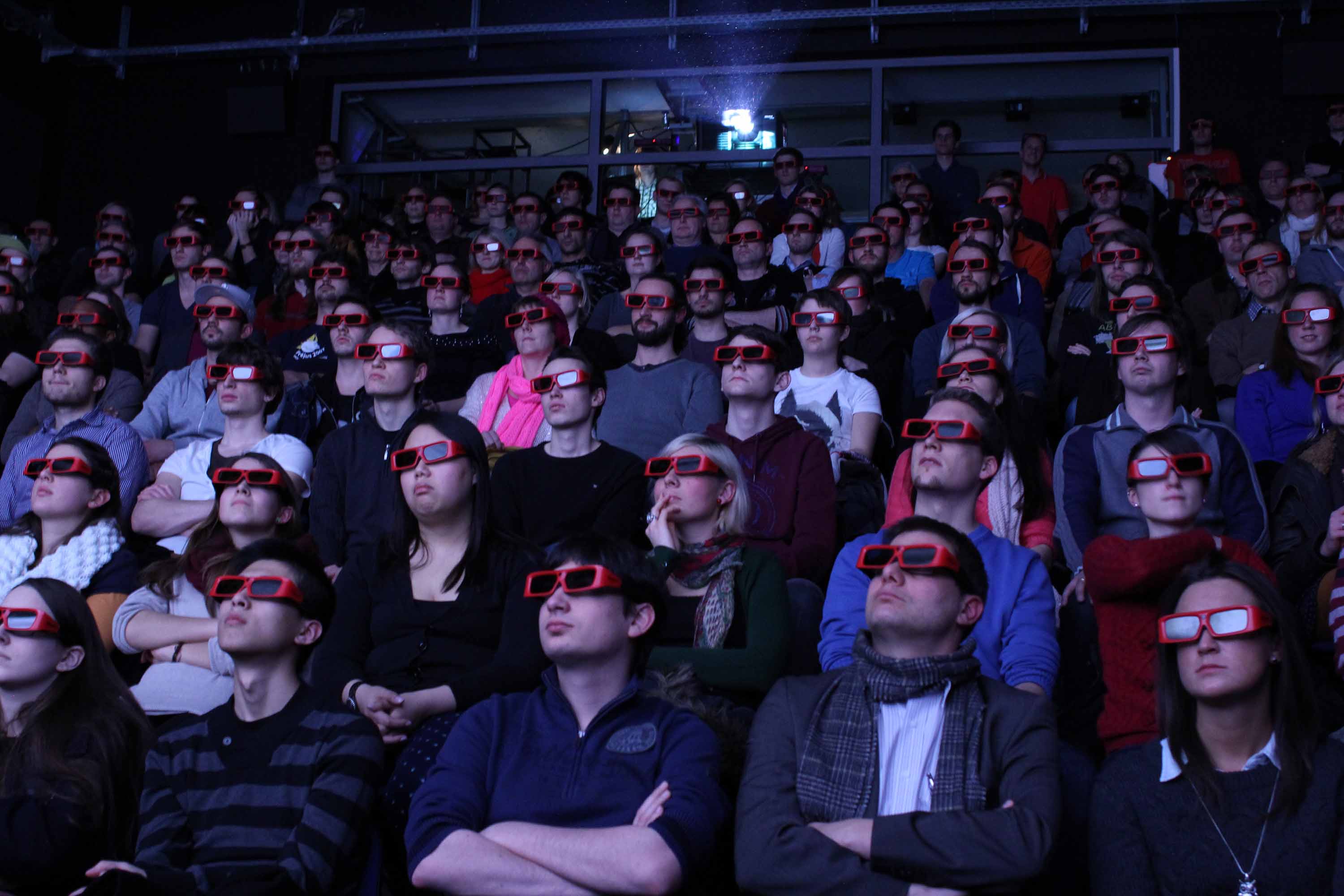

Note: Although ASC-CDL doesn’t specify limits of its values, some 3rd party software products limit values in their ASC-CDL grade controls.In case the eGPU isn’t used, please switch to internal GPU and back to eGPU in the preferences.I been looking around for a cheap storage and tapes libraries even though are slow, are a sure way to safe keep data.ĭrives sadly do fail from either mechanical, electronic or age related.Select GPU selection “Manual” and the preferred GPUs in the preferences.Connect the eGPU while Silverstack isn’t active. The nine text fields show lift, gamma, and gain values (not ASC-CDL values) – switch back to the CDL interaction type to see the CDL values of a certain setting of LGG values. These control values are mapped to CDL values in the background. The LGG interaction type allows to manipulate lift, gamma, and gain (LGG) values as known from other grading systems. It can be used to adjust the color on the image. The CDL node contains a color wheel for Offset, Power and Slope. Note: The FilmLight BLG mode is only available when looks were imported via PFL/PFLA from Livegrade, and limited to CDL or Saturation node changes. aml Looks compatible with ARRI CAP (Camera Access Protocol). aml AMIRA Looks compatible with ARRI AMIRA cameras. This mode is designed to create 3D LUTs and looks compatible with Panasonic Varicam 35 cameras. This grading mode has been created to allow complete grading freedom inside an ACES pipeline. Allows you to add and reorder multiple nodes on advanced workflows. ACES CDL AdvancedĪ mode adapted to the ACES standard. More information in the article Using the ACES grading mode. ACES CDLĪ mode adapted to the ACES standard. For this reason, there are some limitations on the available export formats for looks created on this mode. This grading mode has been created to allow complete grading freedom. More information in the article Using the ALEXA Looks grading mode. xml ALEXA Looks compatible with ARRI ALEXA cameras. For example, the camera compatible grading modes can have the nodes locked in a certain position to ensure the compatibility of the grade.Īllows you to add and reorder multiple nodes on advanced workflows. Have in mind that the processing order is from «top to bottom» when reordering the nodes.Įach grading mode allows different levels of grade customization, as the compatibility of the grades down the workflow creates some restrictions on how the color information has to be processed. You can disable a certain node by unchecking the blue check box. The node-based design allows you to disable and reorder individual filter nodes to have greater grading freedom. Silverstack supports different grading modes designed for specific camera setups and workflow environments. Result curve: The video scopes shows the resulting curves for all enabled grading nodes in the three RGB channels.You can disable / lock the attached grading panel to prevent unwanted changes. Control panels: The control panels button and indicator shows the attached grading panel.Edit node structure: Some grading nodes can have variable grading nodes, you can add and reorder grading nodes in the edit mode.Node enabling: Enable or disable the effect of a grading node.Grading node: Grouping element containing the actual grade controls.

The grade controls consist of the following elements: Clear buttons: You can clear either the entire look or just the color manipulation (and not LUTs or tone mapping curves).Using the «Reset Colors» button you can reset the color settings to a “neutral” state.




 0 kommentar(er)
0 kommentar(er)
